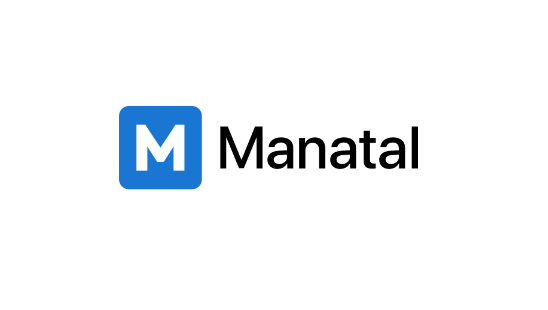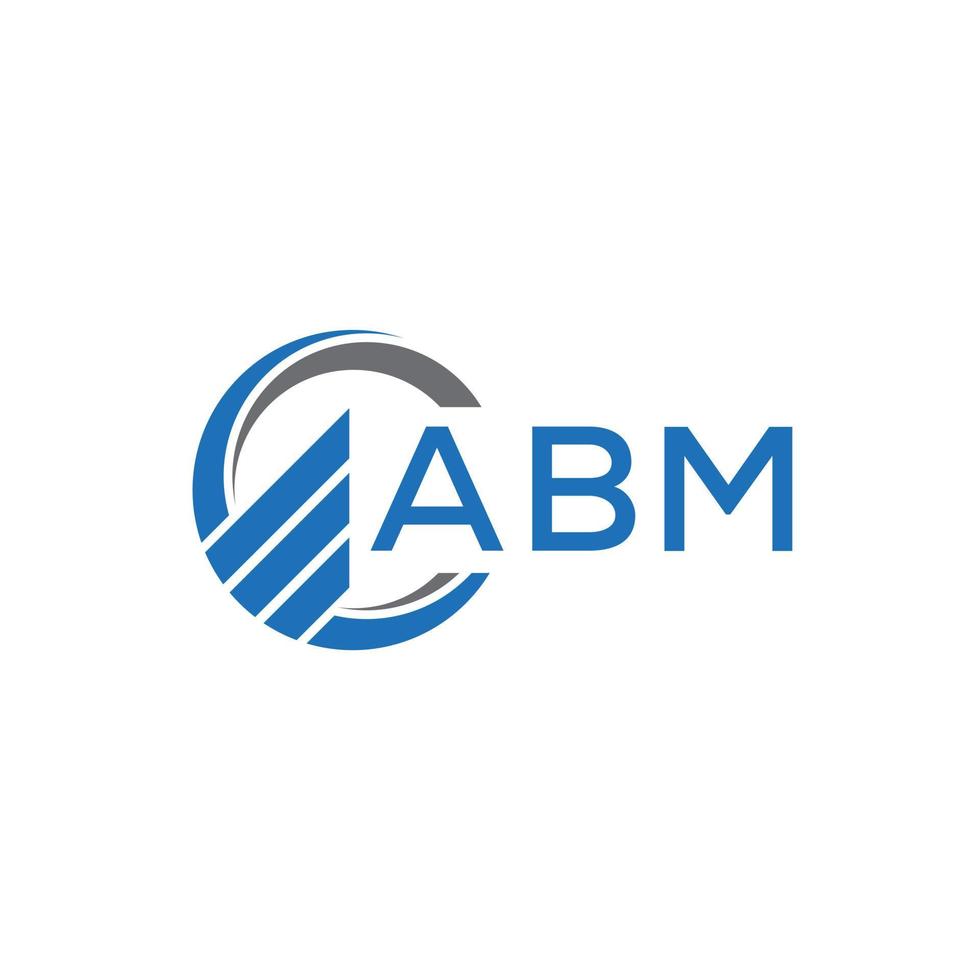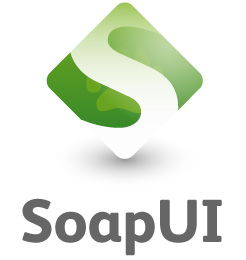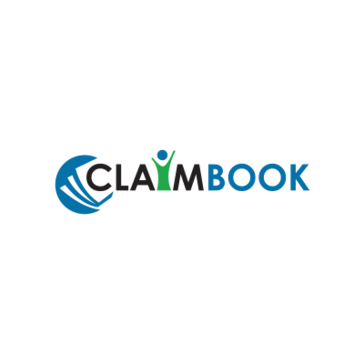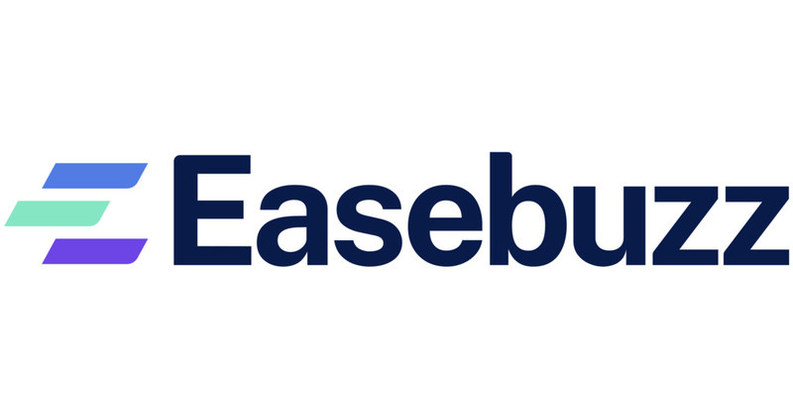
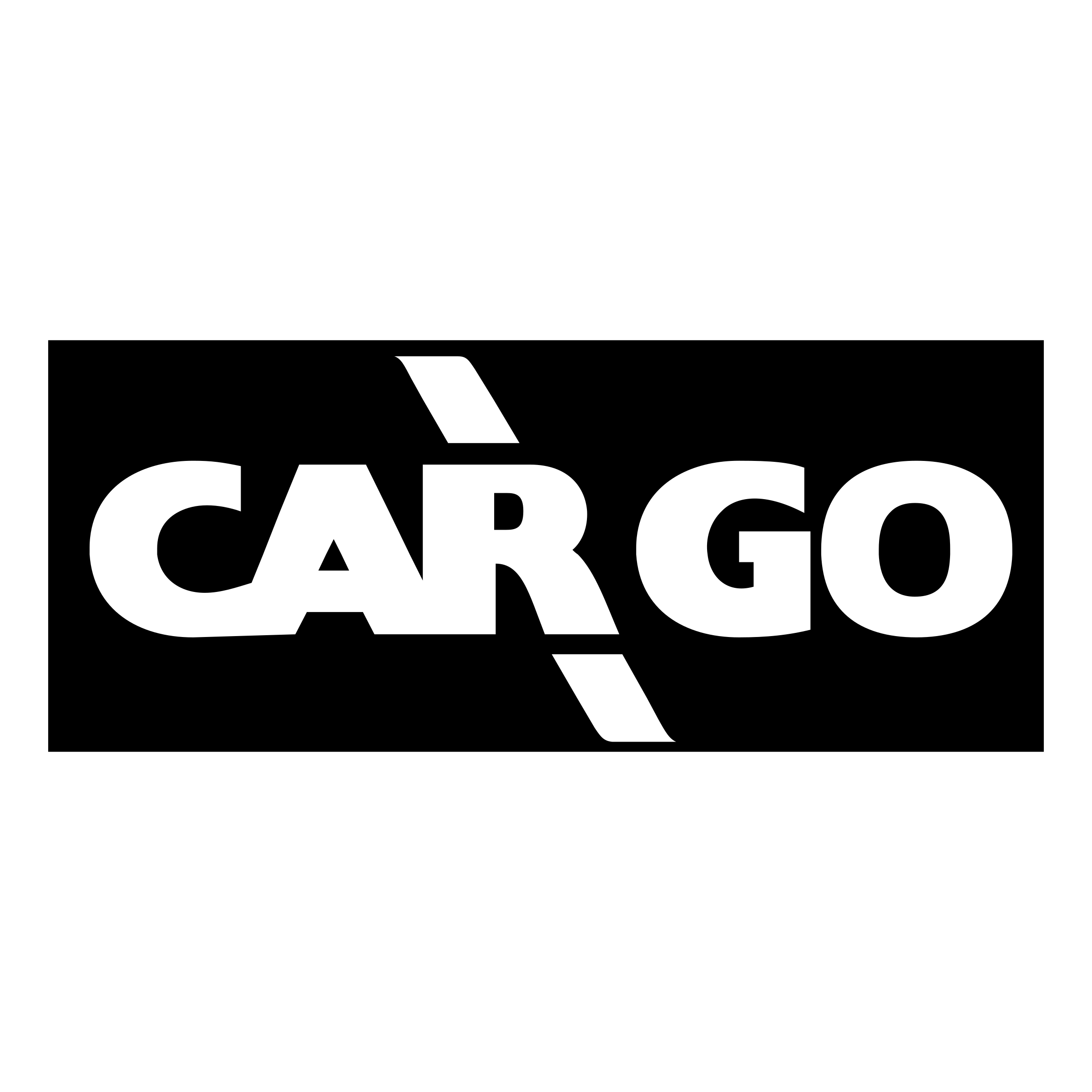
Overview
accounting software, you would typically follow a structured approach that involves understanding the existing software, identifying the areas that need improvement or modification, and implementing the changes. Here's a general outline of the process: Requirements Gathering: Begin by gathering requirements from users, stakeholders, and subject matter experts. Identify the pain points and desired features that need to be addressed in the new version of the software. Design Phase: Create a design plan that includes the system architecture, data models, user interface, and any additional features or enhancements. Consider factors such as scalability, security, and usability during the design phase. Development: Start coding the new software based on the design plan. Break down the development process into smaller tasks or modules, and follow a structured development methodology, such as agile or waterfall, depending on your team's preference. Data Migration: If you are transitioning from an existing accounting software, plan and execute the migration of data from the old system to the new one. Ensure data integrity and accuracy during the migration process. Testing: Conduct thorough testing to identify and fix any bugs, errors, or issues in the software. Perform functional testing, integration testing, and user acceptance testing to validate that the software meets the desired requirements and works as intended. Documentation: Create detailed documentation for the software, including user manuals, technical specifications, and any other relevant documentation that will assist users and developers in understanding and using the software effectively. Deployment: Prepare for the deployment of the new accounting software. Set up the necessary infrastructure, servers, and databases. Ensure proper configuration and compatibility with the target environment. Deploy the software and verify its functionality in the production environment. Training and Support: Conduct training sessions for end-users to familiarize them with the new software. Provide ongoing support to address any questions, issues, or enhancements requested by users. Maintenance and Updates: Establish a maintenance plan to ensure the software remains up-to-date and stable. Regularly monitor the software's performance, apply patches and updates, and incorporate user feedback for continuous improvement. Remember, rewriting accounting software is a complex undertaking, and it's crucial to involve domain experts and experienced software developers to ensure the new version meets the specific requirements of accounting practices while improving upon the limitations of the previous software. accounting software, you would typically follow a structured approach that involves understanding the existing software, identifying the areas that need improvement or modification, and implementing the changes. Here's a general outline of the process: Requirements Gathering: Begin by gathering requirements from users, stakeholders, and subject matter experts. Identify the pain points and desired features that need to be addressed in the new version of the software. Design Phase: Create a design plan that includes the system architecture, data models, user interface, and any additional features or enhancements. Consider factors such as scalability, security, and usability during the design phase. Development: Start coding the new software based on the design plan. Break down the development process into smaller tasks or modules, and follow a structured development methodology, such as agile or waterfall, depending on your team's preference. Data Migration: If you are transitioning from an existing accounting software, plan and execute the migration of data from the old system to the new one. Ensure data integrity and accuracy during the migration process. Testing: Conduct thorough testing to identify and fix any bugs, errors, or issues in the software. Perform functional testing, integration testing, and user acceptance testing to validate that the software meets the desired requirements and works as intended. Documentation: Create detailed documentation for the software, including user manuals, technical specifications, and any other relevant documentation that will assist users and developers in understanding and using the software effectively. Deployment: Prepare for the deployment of the new accounting software. Set up the necessary infrastructure, servers, and databases. Ensure proper configuration and compatibility with the target environment. Deploy the software and verify its functionality in the production environment. Training and Support: Conduct training sessions for end-users to familiarize them with the new software. Provide ongoing support to address any questions, issues, or enhancements requested by users. Maintenance and Updates: Establish a maintenance plan to ensure the software remains up-to-date and stable. Regularly monitor the software's performance, apply patches and updates, and incorporate user feedback for continuous improvement. Remember, rewriting accounting software is a complex undertaking, and it's crucial to involve domain experts and experienced software developers to ensure the new version meets the specific requirements of accounting practices while improving upon the limitations of the previous software. accounting software, you would typically follow a structured approach that involves understanding the existing software, identifying the areas that need improvement or modification, and implementing the changes. Here's a general outline of the process: Requirements Gathering: Begin by gathering requirements from users, stakeholders, and subject matter experts. Identify the pain points and desired features that need to be addressed in the new version of the software. Design Phase: Create a design plan that includes the system architecture, data models, user interface, and any additional features or enhancements. Consider factors such as scalability, security, and usability during the design phase. Development: Start coding the new software based on the design plan. Break down the development process into smaller tasks or modules, and follow a structured development methodology, such as agile or waterfall, depending on your team's preference. Data Migration: If you are transitioning from an existing accounting software, plan and execute the migration of data from the old system to the new one. Ensure data integrity and accuracy during the migration process. Testing: Conduct thorough testing to identify and fix any bugs, errors, or issues in the software. Perform functional testing, integration testing, and user acceptance testing to validate that the software meets the desired requirements and works as intended. Documentation: Create detailed documentation for the software, including user manuals, technical specifications, and any other relevant documentation that will assist users and developers in understanding and using the software effectively. Deployment: Prepare for the deployment of the new accounting software. Set up the necessary infrastructure, servers, and databases. Ensure proper configuration and compatibility with the target environment. Deploy the software and verify its functionality in the production environment. Training and Support: Conduct training sessions for end-users to familiarize them with the new software. Provide ongoing support to address any questions, issues, or enhancements requested by users. Maintenance and Updates: Establish a maintenance plan to ensure the software remains up-to-date and stable. Regularly monitor the software's performance, apply patches and updates, and incorporate user feedback for continuous improvement. Remember, rewriting accounting software is a complex undertaking, and it's crucial to involve domain experts and experienced software developers to ensure the new version meets the specific requirements of accounting practices while improving upon the limitations of the previous software. accounting software, you would typically follow a structured approach that involves understanding the existing software, identifying the areas that need improvement or modification, and implementing the changes. Here's a general outline of the process: Requirements Gathering: Begin by gathering requirements from users, stakeholders, and subject matter experts. Identify the pain points and desired features that need to be addressed in the new version of the software. Design Phase: Create a design plan that includes the system architecture, data models, user interface, and any additional features or enhancements. Consider factors such as scalability, security, and usability during the design phase. Development: Start coding the new software based on the design plan. Break down the development process into smaller tasks or modules, and follow a structured development methodology, such as agile or waterfall, depending on your team's preference. Data Migration: If you are transitioning from an existing accounting software, plan and execute the migration of data from the old system to the new one. Ensure data integrity and accuracy during the migration process. Testing: Conduct thorough testing to identify and fix any bugs, errors, or issues in the software. Perform functional testing, integration testing, and user acceptance testing to validate that the software meets the desired requirements and works as intended. Documentation: Create detailed documentation for the software, including user manuals, technical specifications, and any other relevant documentation that will assist users and developers in understanding and using the software effectively. Deployment: Prepare for the deployment of the new accounting software. Set up the necessary infrastructure, servers, and databases. Ensure proper configuration and compatibility with the target environment. Deploy the software and verify its functionality in the production environment. Training and Support: Conduct training sessions for end-users to familiarize them with the new software. Provide ongoing support to address any questions, issues, or enhancements requested by users. Maintenance and Updates: Establish a maintenance plan to ensure the software remains up-to-date and stable. Regularly monitor the software's performance, apply patches and updates, and incorporate user feedback for continuous improvement. Remember, rewriting accounting software is a complex undertaking, and it's crucial to involve domain experts and experienced software developers to ensure the new version meets the specific requirements of accounting practices while improving upon the limitations of the previous software.
Key Features of Macrosys Perfect Cargo
Specifications
| How is the Software Accessible : On Premises |
| Does this the Software Offers Free trial : Yes |
| Does this Software has a life time free plan : No |
| Does the software run on mobile browser : No |
| Is customisation possible updated: No |
| Are APIs available for this software : No |
| Desktop Platform option : Windows, |
| Mobile Platform Option : Android / Play Store, |
| Language in which the software available :English |
| Integrations : |
Alternative of Macrosys Perfect Cargo
Macrosys Perfect Cargo Video
Macrosys Perfect Cargo USERS
Business
Available Support
Description
The enterprise transportation software you mentioned is designed to integrate various functions and services involved in the end-to-end transportation process. This type of software typically aims to streamline operations, increase efficiency, and enhance overall visibility and control over transportation activities. While the specific features and capabilities may vary depending on the software provider, here are some common functionalities you might find in such a system:
-
Order Management: The software enables users to create, manage, and track transportation orders. It allows for centralized order placement, automated order routing, and real-time status updates.
-
Route Planning and Optimization: The software helps optimize transportation routes based on various parameters such as distance, time, cost, and resource availability. It considers factors like traffic conditions, vehicle capacities, and delivery time windows to determine the most efficient routes.
-
Carrier and Vendor Management: The software facilitates the management of carriers, vendors, and other partners involved in transportation operations. It may include features for onboarding, performance tracking, contract management, and collaboration with external stakeholders.
-
Freight Consolidation: The software supports the consolidation of shipments to maximize container or vehicle utilization, reduce transportation costs, and minimize carbon footprint. It can analyze order volumes, weights, and destinations to identify opportunities for consolidation.
-
Shipment Tracking and Visibility: The software provides real-time tracking and visibility of shipments throughout the transportation process. It may leverage technologies such as GPS, RFID, or IoT devices to monitor the movement and status of goods.
-
Warehouse Management Integration: The software integrates with warehouse management systems (WMS) to ensure smooth coordination between transportation and warehousing activities. It enables seamless order fulfillment, inventory synchronization, and efficient cross-docking operations.
-
Freight Rate Management: The software helps manage freight rates, contracts, and billing processes. It enables users to compare rates, negotiate contracts, calculate transportation costs, and generate invoices or financial reports.
-
Analytics and Reporting: The software generates reports and provides analytical insights on transportation performance, costs, service levels, and other key metrics. It helps identify trends, optimize operations, and make data-driven decisions.
-
Compliance and Regulatory Support: The software incorporates features to ensure compliance with transportation regulations and industry standards. It may include functionality for hazardous materials management, customs documentation, and adherence to safety protocols.
Overall, enterprise transportation software aims to streamline and optimize the end-to-end transportation process, improve operational efficiency, enhance customer service, and drive cost savings for organizations. It offers a comprehensive suite of tools to manage transportation operations from order placement to final delivery.
FAQ




